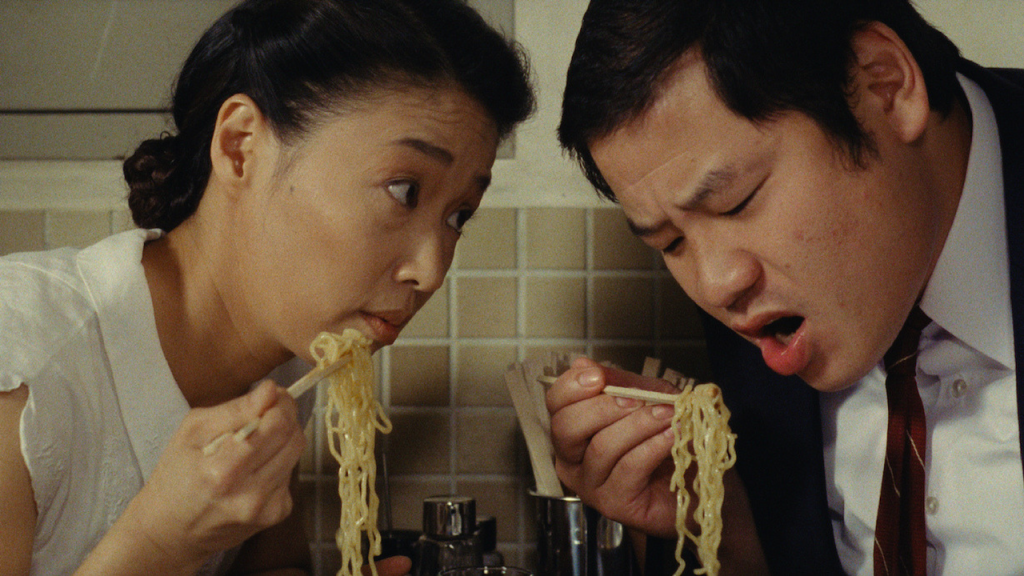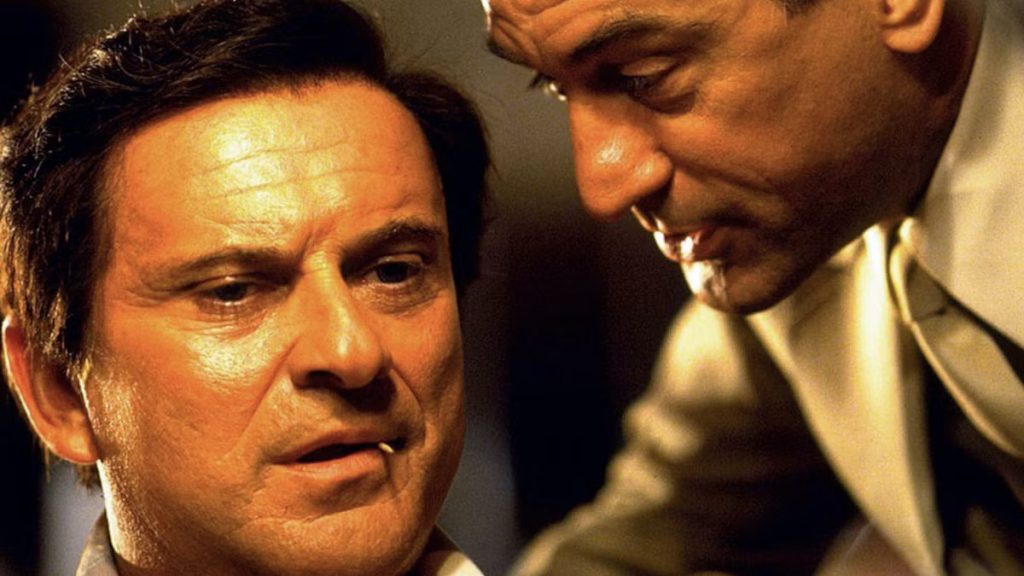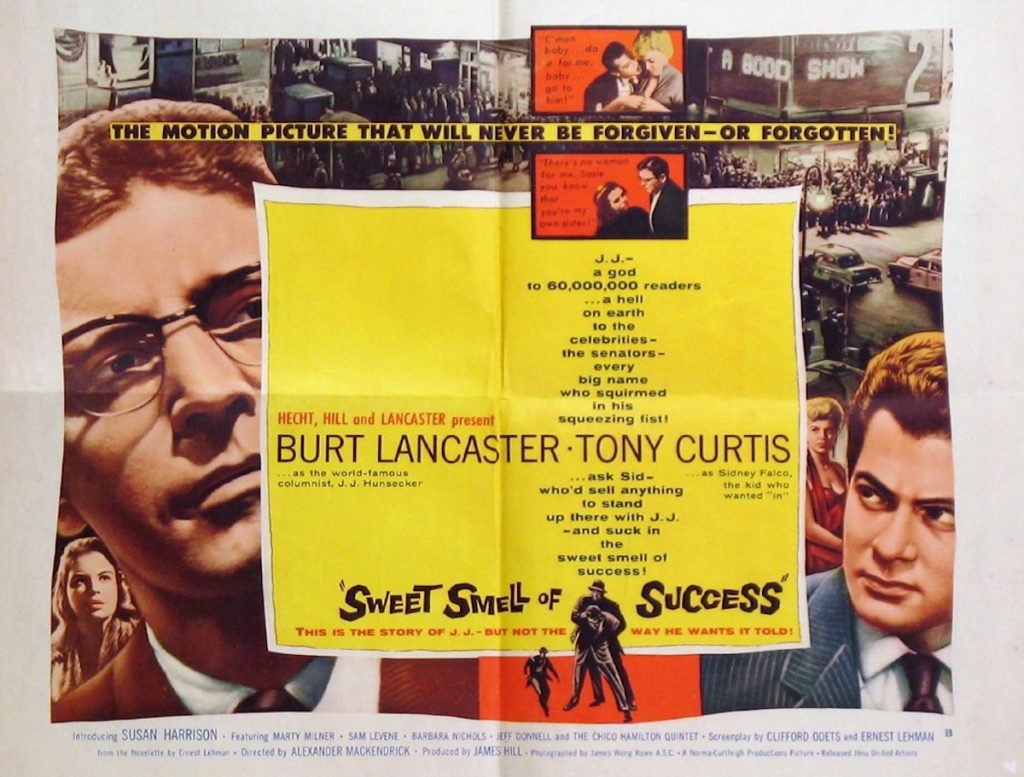It’s always more fun to be an artist than it is to actually make art. The coolest artists get to go to parties, spout the wittiest one-liners, and have throngs of people hanging onto their every word. They don’t seem to worry about deadlines, lack of inspiration, or paying the bills. This heavily edited version of creative life is the stuff of myth for many artistic figures, particularly for those whose entire appeal lies in this mystique. For Alan Rudolph, a sinfully underrated independent filmmaker, the romanticism of such a life is best when undercut by its acidic reality. His long-time passion project gave him the perfect opportunity to delve into this dichotomy.
In The Moderns, the age of art is in its beginning, middle, and end. Set in Paris of the 1920s, during the era of the Lost Generation, the city is in the midst of its most iconic social and creative boom. American expatriates like Ernest Hemingway, Gertrude Stein, and Alice B. Toklas have made France’s capital their home, inspiring a slew of artistic wannabes to move there and find their own inspiration. Nick Hart (Keith Carradine) is one of many nameless Yankee painters barely making a living from his work while mingling with the high rollers. His only chance at making money through art is when a sometime-lover (Geraldine Chaplin) asks him to forge a trio of soon-to-be-legendary paintings that her ex-husband can keep in lieu of the real thing. His private life isn’t much more successful than his professional one, as his ex-wife Rachel (Linda Fiorentino) enters the scene. On her arm is her new husband, Bertram Stone (John Lone), a powerful businessman with little interest in art beyond its commercial value.
A former protégé of Robert Altman, Alan Rudolph came to prominence with indie dramas that focused on eccentric but complicated characters stuck in situations of creative, personal, or political flux. His gaze is romantic but not blindly so. His fascination with the pure artistry of film is often undercut by his intrigue in humans who seem torn between beauty and reality. Those moments of Altman-esque realism, particularly in The Moderns where the focus cuts from conversation to conversation in multiple languages, intersect with the fantasy that art intrinsically creates.
The Paris of The Moderns is painterly, populated by cigarette smoke, yapping puppies, and bejeweled flapper hats. Rudolph is not concerned with historical fact but rather the version of the city and its residents sold to the world by the people who spun the legend. His camera glides through soirees and cafes where everyone is impeccably dressed and speaking like characters in an Anita Loos novel. Mark Isham’s anachronistic score adds to the off-kilter sensation of this new kind of modernity.

There’s an appropriately hazy and unreal glamor to Paris (indeed, there are painted backdrops here in lieu of location shoots), even though its most infamous residents all seem far less interesting in person. Hemingway is drunk, belligerent, and sexist. Stein is a snob who expects everyone to laugh at her jokes while Toklas is her toadying assistant as much as her companion. Oiseau (Wallace Shawn), a gossip columnist reporting on this scene, never stops ranting about wanting to leave behind the ever-so-passe Paris for life in Hollywood writing the movies. The nostalgia of this oft-dissected moment in history doesn’t get much time to revel in its rose-tinted perspective through Rudolph’s gaze. Sure, it’s all fascinating stuff, but it’s happened before, it will happen again, and everyone will have the same whining complaints about how it wasn’t as good as it was the last time.
And there were other cities that became the hotspots of bright young artists hoping to change the world. As the film’s most famous scene shows, when a ‘20s salon rendezvous melds into a meeting of then-contemporary New York City punks, change is inevitable but some things stay the same. If it’s not Paris, it’s Berlin of the Weimar era or Swinging ‘60s London or somewhere else not yet discovered. Oiseau is desperate to get to Hollywood before it’s overrun by the hangers-on. It’s important that he is seen as leading a new movement and not stuck in a dying one, as he relentlessly claims about Paris. In the new world, the pictures move so they must be better.
It’s often said that all art is a form of thievery. You steal from your inspirations in the hopes of making something new, but trying to replicate that which came before you could doom you to a cycle of diminishing returns. Nick tries to recreate Cezanne and Modigliani pieces and his copies seem good enough to satisfy Stone, who brags that paying enough for a fake makes it real enough to those who prize money above all. Once the more secure society darlings, the old money ex-pats of Paris, call doubt on his truly authentic paintings, Stone’s self-belief crumbles. As history has long shown us, you can’t buy your way into the elite, even if they can’t tell the difference from the real thing. It’s not so much modern as post-modern.
What art gets to be valued? Why do Nick’s paintings not sell yet people will clamor to adore a fake Cezanne? Is Stone’s hunger for ownership more craven than a starving artist’s criminal act, and if so, to whom? Rudolph posits that the value humans (or specific ones with the money and clout to do so) place on art is pointless, worth laughing at more than respecting. It’s easier to have done the work than actually do it, but the latter is where true worth lies. In The Moderns, Rudolph’s Paris is a myth forever being spun, and there’s a reason we often prefer fakes to the real thing.



